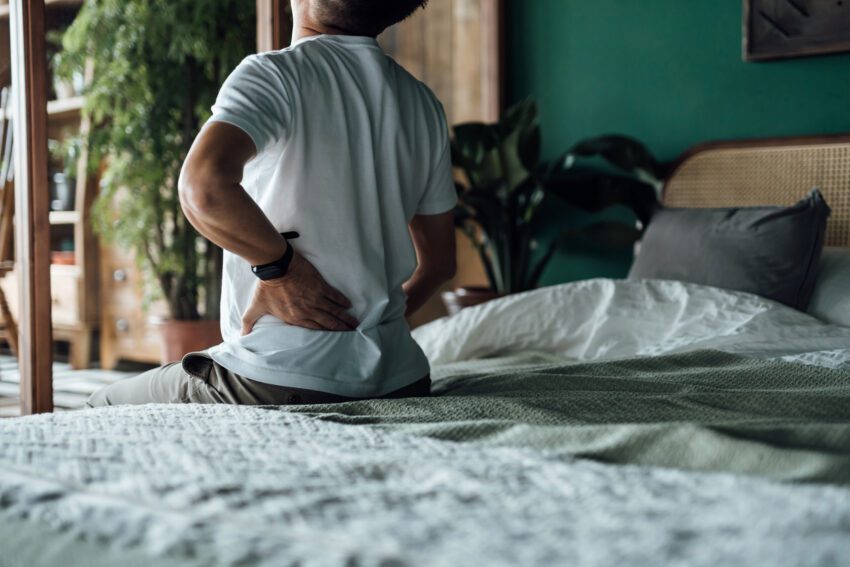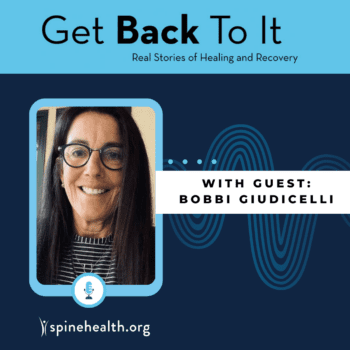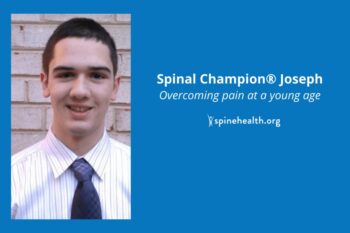Spondylolisthesis is a condition where one of the bones in your spine, called a vertebra, slips forward over the bone below it. This can cause back pain and affect your ability to move. The degree of slippage can worsen over time and lead to other spinal conditions such as neural compression. This condition can affect spinal stability.
Common Causes
- Degenerative changes: Wear and tear on the spine from aging.
- Birth defects: Some people are born with a defective bone in their spine.
- Injuries: Trauma or stress fractures from sports or accidents.
- Previous surgery: Sometimes spinal surgery can lead to spondylolisthesis.
Symptoms
- Lower back pain.
- Pain that radiates to the buttocks or legs.
- Stiffness in the back.
- Muscle tightness or spasms.
- Numbness or tingling in the legs.
- Weakness in the legs.
- Difficulty walking or standing for long periods.
Diagnostic Tests
- Physical exam: The doctor checks for pain, range of motion, and muscle strength.
- X-rays: Pictures of the spine to see if a vertebra has slipped.
- MRI or CT scan: Detailed images of the spine to see any damage to the discs or nerves.
- Bone scan: A test to detect fractures and other bone changes.
Treatment Options
Non-Surgical:
- Medications: Over-the-counter pain relievers or prescription medications to reduce pain and inflammation.
- Physical therapy: Exercises to strengthen the core muscles and improve flexibility.
- Injections: Steroid injections to reduce inflammation and pain.
- Chiropractic care: Manual adjustments to improve spine alignment.
Surgical:
- Spinal fusion: Joining two or more vertebrae to stabilize the spine, which may include decompression of the nerves if needed.
Common Conditions That Can Cause Similar Symptoms
- Herniated disc: When the inner part of a spinal disc pushes out and presses on a nerve.
- Spinal stenosis: Narrowing of the spaces in the spine, putting pressure on the nerves.
- Sciatica: Pain that travels along the sciatic nerve from the lower back down the leg.
- Degenerative disc disease: When discs break down due to aging or injury.
When to See the Doctor
- If you have persistent back pain.
- If you experience numbness, tingling, or weakness in your legs.
- If the pain interferes with your daily activities or sleep.
- If you have difficulty walking or standing for long periods.
What to Ask the Doctor
- What is causing my symptoms?
- What treatment options are available?
- How long will it take to recover?
- What are the risks and benefits of surgery if needed?
- Are there specific exercises I should do or avoid?
Home Remedies for Mild Symptoms
- Exercise: Gentle exercises can help strengthen back muscles and reduce pain.
- Stretching: Regular stretching can relieve muscle tension and improve flexibility.
- Pain relief: Over-the-counter pain relievers like ibuprofen or acetaminophen can help with pain.
- Proper posture: Maintain good posture to reduce pressure on the spine.
- Heat or ice therapy: Applying heat or ice can reduce pain and swelling.
Understanding spondylolisthesis can help you know when to seek medical advice and what questions to ask your doctor. Early detection and treatment can help manage the condition, prevent worsening, and improve your quality of life.



